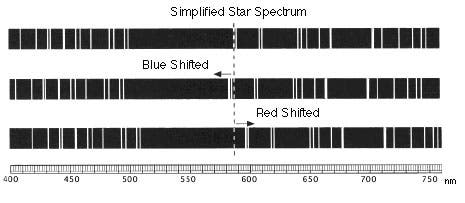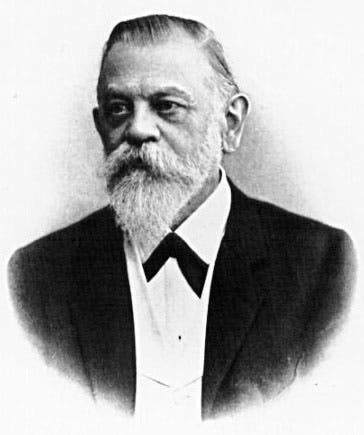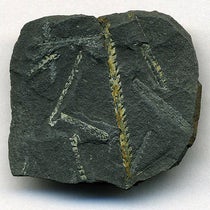Scientist of the Day - Hermann Carl Vogel
Hermann Carl Vogel, a German astronomer, was born Apr. 3, 1841. Vogel was a pioneer in applying the new science of spectroscopy to analyzing the motion of celestial bodies. Johann Doppler had discovered his famous Doppler effect back in the 1840s, revealing that the wavelengths of sound are lengthened or shortened, depending on whether an object is moving towards us or away from us. It was soon realized that if light is a wave, then it too should exhibit a Doppler effect. Since the light from the Sun, and from the stars, when sent through a prism, contains dark lines that occur at specific wavelengths, then these lines might shift in position if the emitter is moving toward or away from us. Vogel in the 1870s put this to the test by analyzing the light from the east and west limbs of the sun, and he was able to show that light from one side is shifted toward the blue end of the spectrum, indicating it is coming towards us, and while other side is red-shifted, indicating motion away. In a nutshell, the sun rotates. Astronomers knew this from sunspot motion, but they had no astrophysical evidence until Vogel demonstrated it spectroscopically.
In 1882, Vogel became director of the Potsdam Astrophysical Observatory, and he established a program of stellar astrophysics, focused on photographing and analyzing stellar spectra. The third image below shows four stellar spectra photographs that were taken at Potsdam ca 1890. In 1889, Vogel discovered that light from the star Algol alternates between blue shifts and red shifts over a period of three days, coinciding with a three-day period of varying brightness. John Goodricke a century earlier had speculated that Algol might be an eclipsing binary, with a dark or invisible companion that orbits the star and regularly occults it, dimming its light. Vogel was able to prove spectroscopically that this was the case. Algol was one of the first of the spectroscopic binaries to be discovered.
Vogel also oversaw the installation at Potsdam in 1899 of a large double refractor, consisting of two tubes on the same mount, one with a lens of 31.5 inches diameter, and the other of 19.5 inch aperture. It was installed in 1899, and still functions, and impresses, today (first image).
It is interesting that in the last three weeks, without planning to, we have profiled the three great pioneers of stellar spectroscopy: Henry Draper, Edward Pickering (in a piece on his protégée Antonia Maury), and now Vogel. And in January, we wrote a piece on Catherine Bruce, the generous benefactress of late 19th-century astronomical observatories, who before 1898 established a fund to support an award for lifetime achievement in astronomy. The first five recipients of the Bruce Medal were Simon Newcomb, Arthur Auwers, David Gill, Giovanni Schiaparelli, and William Huggins, the cream of late-19th-century astronomy. The sixth honoree, receiving the award in 1906, was Hermann Vogel, and the seventh, in 1908, was Edward Pickering. Dr. William B. Ashworth, Jr., Consultant for the History of Science, Linda Hall Library and Associate Professor, Department of History, University of Missouri-Kansas City. Comments or corrections are welcome; please direct to ashworthw@umkc.edu.









